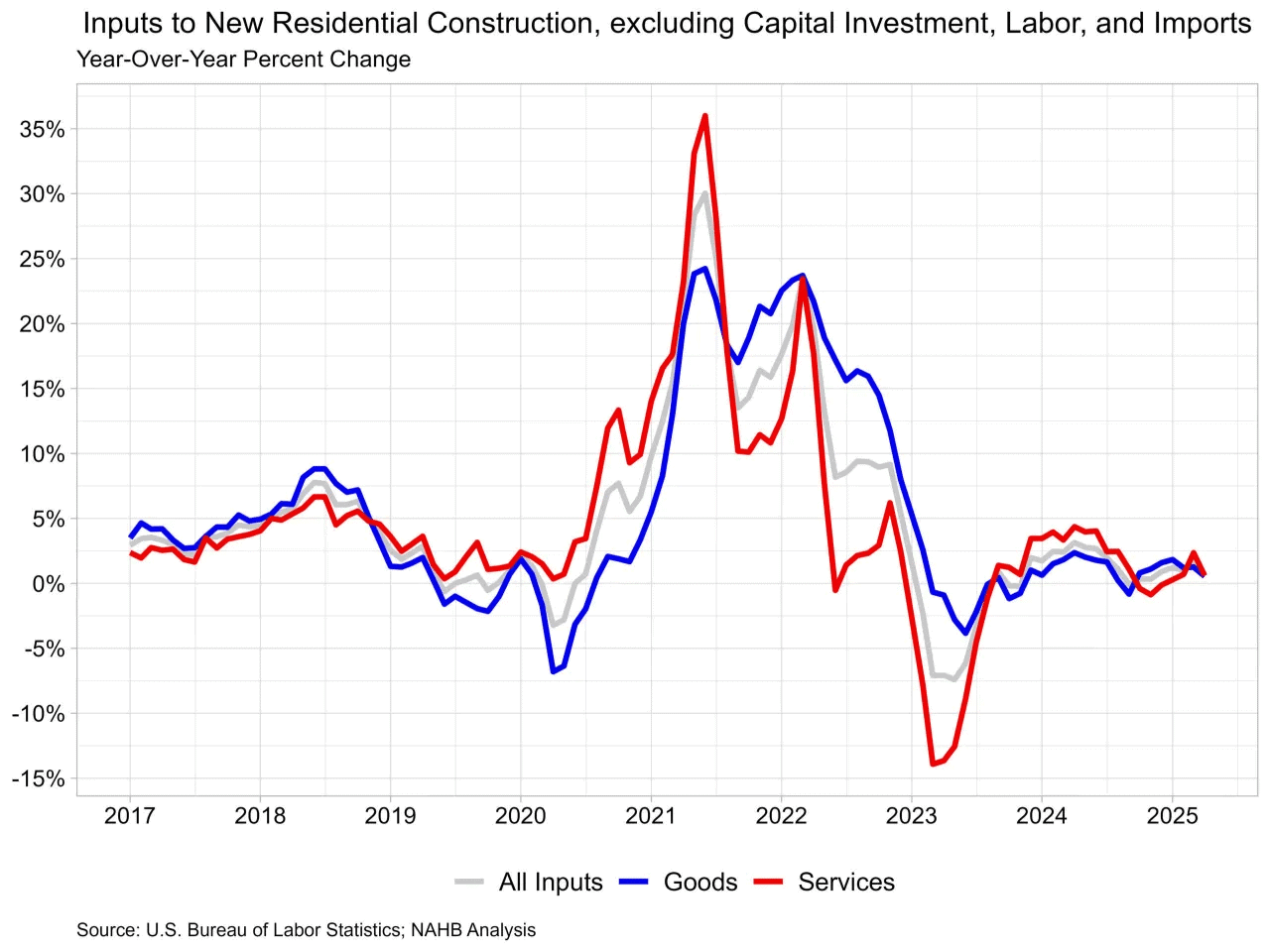
The construction materials industry is set to experience dynamic shifts in 2024, driven by economic, technological, and environmental factors. Stakeholders from across the sector—including producers, distributors, and end-users—are recalibrating their strategies to align with new market realities. Let’s delve into the key insights and trends that are poised to shape this ever-evolving market.
Economic Factors Impacting Construction Materials
Global Economic Growth and Infrastructure Investments
The construction materials market in 2024 is closely tied to broader economic conditions. Global GDP growth is expected to remain steady, which bodes well for infrastructure development. Several emerging economies are pursuing ambitious infrastructure projects, boosting demand for raw materials such as cement, steel, and aggregates.
Inflation and Material Costs
However, economic growth may be tempered by inflationary pressures. **Material costs** are likely to fluctuate, influenced by factors such as:
- Supply chain disruptions
- Labor shortages
- The ongoing impact of geopolitical tensions
Stakeholders in this sector will need to navigate these challenges strategically, employing cost-management strategies like early purchasing agreements and hedge contracts.
Technological Innovations in Construction Materials
The Shift Toward Sustainable Materials
Sustainability is no longer optional in the construction industry—it’s a necessity. There’s a growing emphasis on eco-friendly materials, which not only reduce environmental impact but also meet regulatory demands and consumer expectations. Some trends include:
- Recycled aggregates for asphalt and concrete production
- Low-carbon cement alternatives
- Biodegradable construction plastics
These innovations help reduce carbon footprints and promote responsible consumption of natural resources.
Digital Technologies and Material Optimization
The integration of digital technologies in construction is transforming how materials are sourced, used, and managed. Key technologies include:
- Building Information Modeling (BIM)
- 3D printing of building components
- Advanced data analytics for material performance
These technologies enable precision and efficiency in construction processes, facilitating the creation of more resilient and cost-effective structures.
Regulatory and Environmental Challenges
Environmental Regulations and Compliance
Governments across the world continue to implement stringent environmental regulations targeted at reducing emissions from construction activities. Compliance with these regulations will be critical for construction material producers. This includes adhering to standards for emissions, waste management, and sustainable sourcing.
Climate Change and Resilience
The growing impact of climate change is compelling the construction industry to focus on resilience. Weather-resistant materials that can withstand extreme weather events are in high demand, particularly in areas prone to:
- Flooding
- Hurricanes
- Earthquakes
In response, the industry is investing in research and development to create materials that enhance the durability and safety of infrastructure.
Market Outlook and Opportunities
Growth in Urbanization
Urbanization trends continue to influence demand for construction materials. As urban areas expand, there is a sustained need for residential, commercial, and public infrastructure projects, promising robust opportunities for material suppliers.
Renovation and Retrofits
In addition to new builds, there is significant potential in the renovation and retrofitting sector. As aging infrastructure requires upgrades to improve energy efficiency and structural integrity, the demand for both traditional and innovative materials will rise.
Emerging Markets
In 2024, emerging markets are expected to be significant growth drivers. Countries in Asia, Africa, and Latin America, embarking on major infrastructure projects, will provide lucrative opportunities for material producers able to penetrate these markets.
Conclusion
The 2024 construction materials market is poised for transformation. Economic conditions, technological innovations, regulatory changes, and environmental factors will all play crucial roles in shaping the industry landscape. Stakeholders must stay informed and agile, leveraging these insights to strategically position themselves for success in a complex and competitive market.
By understanding these trends and preparing for the challenges ahead, businesses can capitalize on opportunities to innovate, grow, and contribute to the sustainable development of our built environment.





























